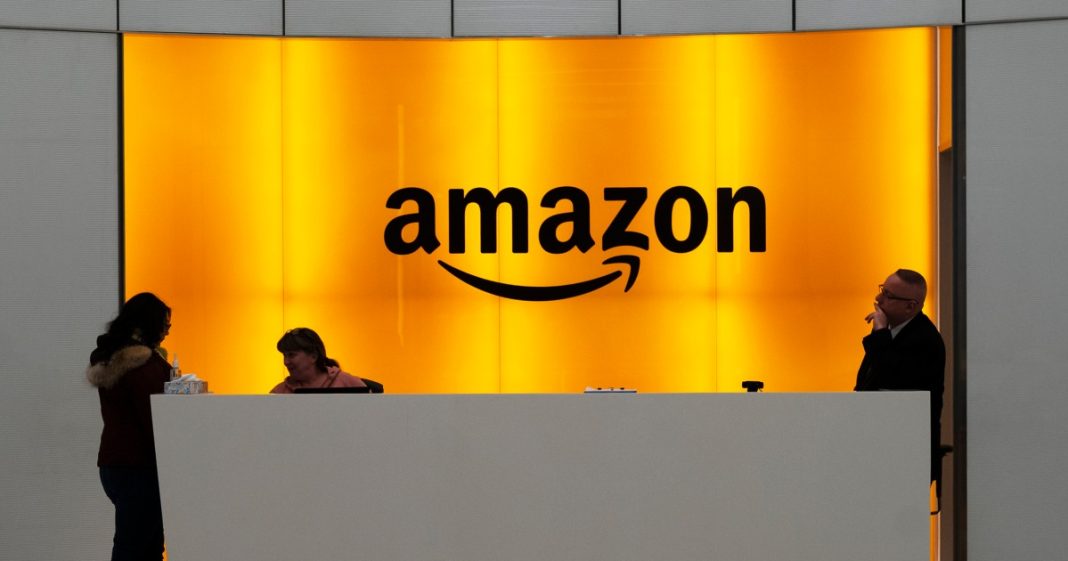Tens of thousands of layoffs are being blamed on AI. What are companies actually getting?
Major US corporations are eliminating tens of thousands of jobs while citing artificial intelligence as the primary driver, yet evidence suggests the promised AI productivity gains remain largely unrealized. Experts question whether AI is being used as a convenient justification for traditional cost-cutting amid financial pressures.
Key Takeaways
- Companies like Amazon, Walmart, and Goldman Sachs are blaming AI for massive layoffs
- Multiple studies show most firms see minimal returns on substantial AI investments
- Economic experts suggest AI may be serving as a “fig leaf” for traditional restructuring
- Several companies have provided conflicting statements about AI’s actual role in job cuts
The AI Justification Gap
Amazon’s recent announcement eliminating 14,000 roles highlighted AI as a “leading cause,” with Senior Vice President Beth Galetti calling it “the most transformative technology we’ve seen since the Internet.” However, within hours, another Amazon representative contradicted this narrative, stating “AI is not the reason behind the vast majority of reductions” and attributing cuts to ongoing organizational restructuring.
“It’s much easier for a company to say, ‘We are laying workers off because we’re realizing AI-related efficiencies’ than to say ‘We’re laying people off because we’re not that profitable or bloated, or facing a slowing economic environment, etc,’”
David Autor, MIT economics professor and AI workforce expert, noted the strategic advantage of blaming AI: “Whether or not AI were the reason, you’d be wise to attribute the credit/blame to AI.”
Questionable Returns on AI Investment
The disconnect between AI-driven layoff announcements and actual AI performance is striking. A Boston Consulting Group survey of 1,250 firms found 60% reported “minimal revenue and cost gains despite substantial investment” in AI. Similarly, only 10% of organizations in a Deloitte survey said they were getting “significant return on investment from agentic AI.”
Wharton School research confirms these mixed results, with faculty co-director Stefano Puntoni observing: “It’s great if you can shave 20 minutes off an email or half an hour reading a report. But that’s not going to leapfrog anything.”
Financial Pressures Behind the Cuts
Many companies announcing AI-related layoffs face significant financial challenges. Amazon shares remain 6% below their January peak amid growing AWS competition, while Salesforce stock has dropped 29% from December 2024 highs.
Even AI industry leaders are cutting costs. Meta eliminated 600 AI roles citing “bloated” operations, while Microsoft has conducted three separate layoff rounds this year to fund massive AI investments.
The trend extends beyond tech. UPS eliminated 34,000 operational roles—a 70% increase over previous targets—citing automation benefits. A UPS spokesperson stated these changes are “powered by automation” and help “make jobs safer while reducing repetitive tasks.”
As continues to evolve, the gap between corporate rhetoric and measurable AI benefits raises important questions about the true drivers behind today’s workforce reductions.






